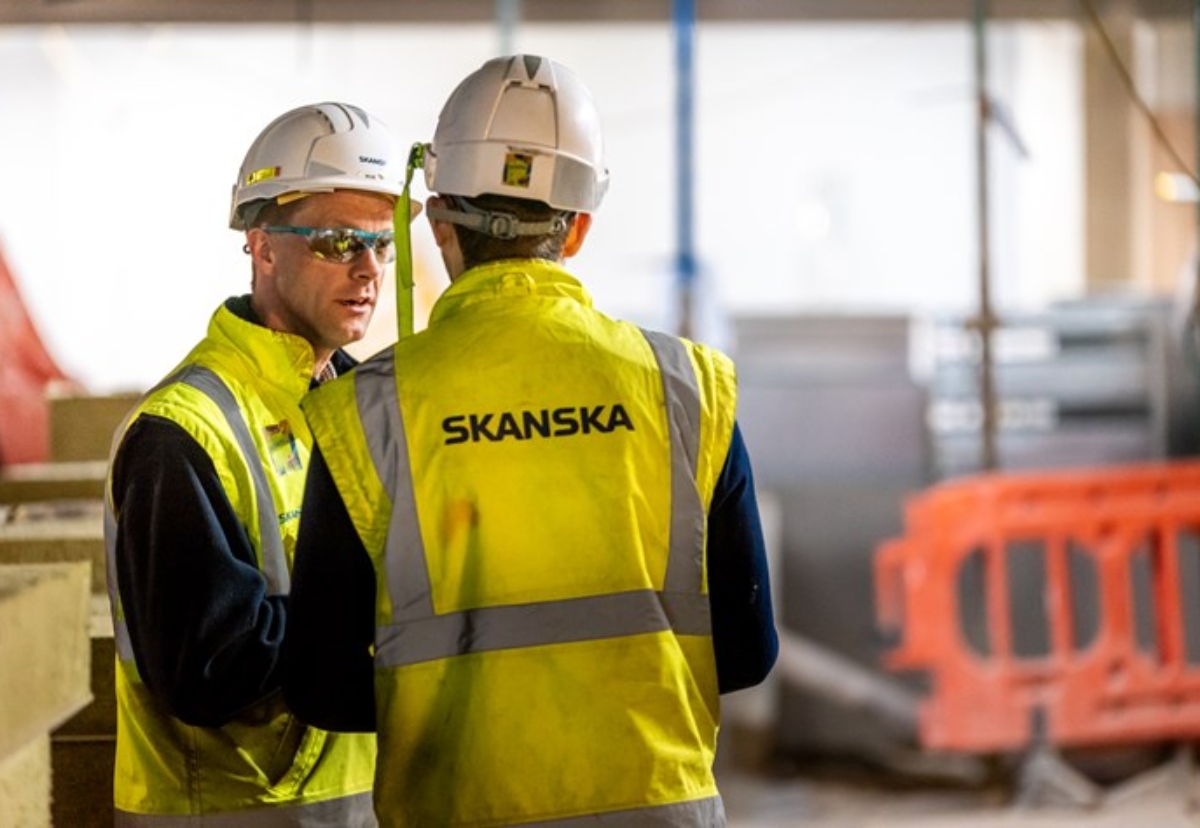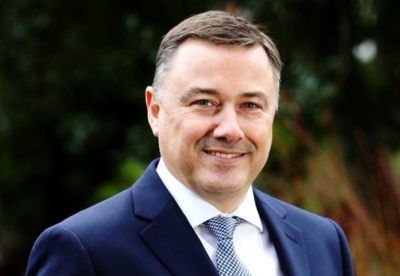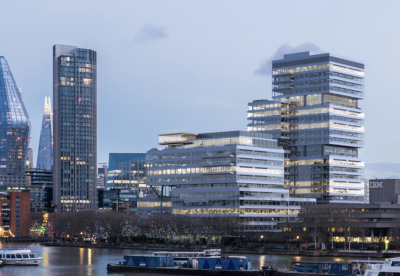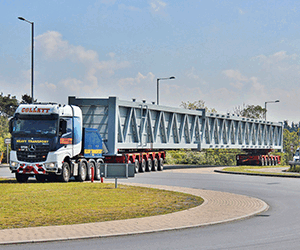And some data from the 18-month trial shows adjustments to working patterns could drive savings on labour costs due to enhanced productivity.
BAM Construct, BAM Nuttall, Skanska UK and Willmott Dixon took part in the trial that re-designed shift patterns in onsite roles to enable more flexible working.
The pilots organised by flexible working consultant Timewise ran between June 2020 and February 2021 in several locations, from a HS2 site in London through to a substation build near Weston Super Mare, among teams employing between 14 and 120 workers.
Workers involved reported a strong jump in a sense of well being, with those who thought their working hours gave them enough time to look after their own health and wellbeing rising from 48% to 84%.
Overwork decreased with those that said that they regularly worked beyond their contracted hours falling from more than half, to just over a third (51% to 34%).
At the start of the trial, nearly half of all participants felt guilty if they started later or finished earlier than others onsite. This portion decreased to a third (47% to 33%).
Adrian Savory, CEO for BAM Nuttall said: “The results of the pilots have demonstrated flexibility for operational roles is possible, and has been a win, win, win – for the business, teams and improving individual’s wellbeing.
“We have started implementing the approach across the whole of our business. And it’s encouraging to see people having conversations that wouldn’t have been possible without these results and the clear guidance for a successful approach. ”
Rick Lee, chief people officer at Willmott Dixon said: “The scheme has allowed us to progress our pre-existing agile working programme and has helped us develop our knowledge and skills to enable our people, whether they have a site or office based role, to achieve a greater work/life balance.”
“Being able to embed a successful approach to agile working at our sites is critical for achieving a diverse business and realising our aim to achieve gender parity across our workforce by 2030.”
Andrea Singh, HR Director for BAM Construct UK, said: “Thanks to this pioneering work, our managers are thinking differently and that’s making a real improvement to people’s lives. We now ask, ‘how can we make flexibility work?’ and not, ‘can we make it work?’. Managers are finding flexible approaches that work for their team and clients.”
Shift-life balance – different flexible working approaches
- BAM Construct: team-based approach to flexible working. Tested setting shifts that takes workers’ personal preferences into account, similar to work Timewise has conducted with nurses in the NHS.
- BAM Nuttall: flexi-day approach. Workers could accumulate additional hours in exchange for one day off each month.
- Skanska UK: earlier starts and finishes – Skanska UK trialled two different approaches with two different teams on HS2, both revolving around earlier start and finish times:
Output based: Site supervisor works with a planner to develop a more detailed version of the schedule of work, broken down into weekly and daily objectives. Working hours are set, based on the outputs to be achieved each day.
Staggered: Site supervisor alternates start times between the teams each week, so that all workers get the pattern they want every other week. In addition to this, workers are given a choice of break times.
- Willmott Dixon:Limit hours worked to 45 per week inclusive of breaks, and to ensure that an agile working plan is in place for all teams and on all new projects.
























































.gif)